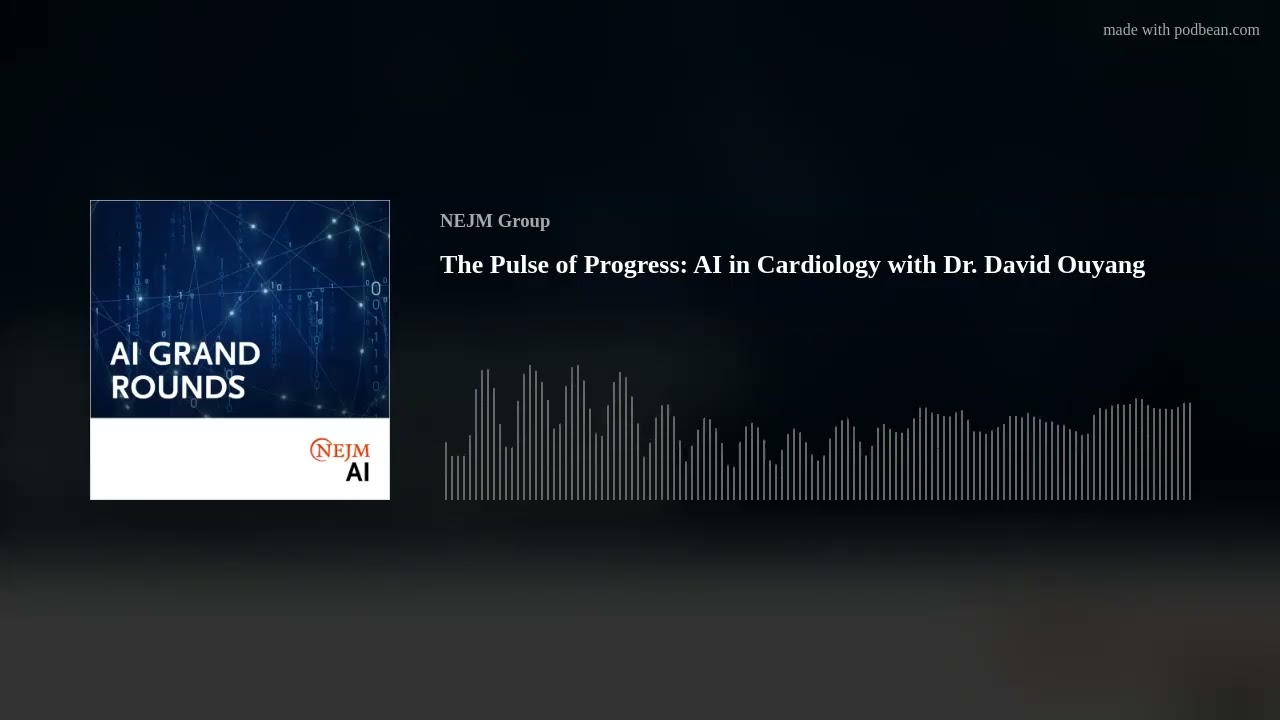The Cardiology Channel
NEW YORK (Reuters Health) – Contrary to traditional thinking, endarterectomy for carotid stenosis can be performed safely in patients with a history of cervical radiation therapy, and carotid stenting is also effective, according to the results of a meta-analysis.
“These results do not indicate a preferred revascularization treatment and therefore … the choice for revascularization therapy should be considered on an individual basis,” advise the authors of the report in the March issue of Stroke.
Dr. Gert Jan de Borst and colleagues at the University Medical Center Utrecht, The Netherlands, explain that while cervical radiation therapy appears to accelerate the development of stenosis, carotid endarterectomy (CEA) in such patients has been considered risky because of radiation induced tissue changes. Carotid stenting (CAS), being less invasive, is viewed as an alternative, but the optimal strategy has not been determined.
The team therefore reviewed the literature on the topic and identified 27 observational studies encompassing 533 patients who had undergone cervical radiation and were subsequently treated with CAS (n=361) or CEA (n=172) for carotid stenosis from 1.7 to 17.0 years later.
The pooled data showed that the perioperative risk of any adverse cerebrovascular event was 3.9% with CAS versus 3.5% with CEA (p=0.77), the authors report.
There was a 9.2% risk of cranial nerve injury — mostly temporary — with CEA, but none with CAS, the report indicates.
On the other hand, the rate of late adverse cerebral events were 4.9 per 100 person-years with CAS compared to 2.8 per 100 person-years with CEA (p=0.014), and corresponding rates of restenosis were 5.4 versus 2.8 per 100 person-years (p=0.003), Dr. de Borst and colleagues found. “However,” they comment, “most in-stent restenoses behaved in a benign fashion and remained asymptomatic.”
Overall, they conclude that both CAS and CEA are feasible with low risk of adverse cerebral events in patients with previous cervical radiation therapy (XRT). “Due to limited patient data for XRT-induced carotid stenosis,” they advise, “we were not able to select the best technique on the basis of particular patient characteristics.”
Furthermore, they add, “The role of medical treatment in limiting disease progression and prevention of stroke in previously radiated patients stays unclear at this point.”
SOURCE:
Stenting Versus Surgery in Patients With Carotid Stenosis After Previous Cervical Radiation Therapy
Stroke 2012;43.






